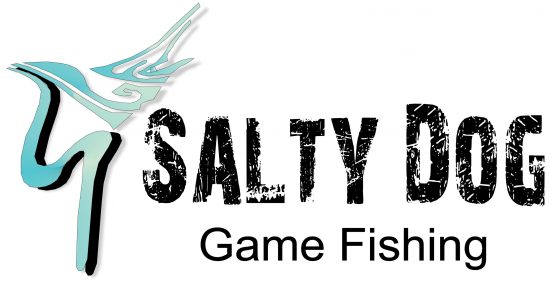Bass Fishing Tackle & Gear
Please look at the suggested sea bass fishing tackle & gear below and don’t hesitate to contact us for further advice and recommended brands.
Please check the weather and dress accordingly. Take into account a mixture of boat fishing as well as wading sessions (when the tide allows). We endeavour to go out, except in severe weather conditions. You will be notified of this up to 19:00 the day before your trip and another date scheduled for your fishing trip. Finally, if we are unable to provide you with a suitable alternative date, a full refund will be issued. Please see our terms & conditions regarding cancellations.
Bass fishing tackle & gear list:
- Wading boots without studs (please remove studs where removable to save the deck from damage)
- Breathable waders (not essential)
- Fast action fly rods (8 or 9 weight fly-rod preferred for bass)
- Cold water fly-lines (floating, intermediate and sinking recommended)
- Small gear pack for accessories, or waterproof day pack
- Pair of line snips (on a lanyard), or saltwater proof split-ring pliers with side cutters
- Warm and waterproof clothes
- Sun screen, hat, sunglasses (polarised)
- Please provide your own snacks/ packed lunch
List of items that we provide:
Up to 3 fly fishing and 3 lure fishing outfits, i.e. rods, reels, lines, leaders and tippets, flies and lures. Feel free to bring your own kit, if you prefer. The following list is always onboard for your use:
- Flies – a full selection of flies will be available on board
- Lures – a full selection of surface, diving and soft plastic will be available
- Line trays
- Landing net
- Lifejackets, First-aid and all relevant safety equipment (spare safety glasses in case you forget your sunglasses – eye protection is essential)
- Tea or coffee/soft drinks/water
For corporate days and pre-arranged events, catering can be arranged on request only; there will be an extra charge for this service. Please ask Paul about options.
Recommended gear
Fly fishing:
Fly-rods: sizes 8 or 9 weight fast-action rods for bass fishing paired with good quality saltwater sealed or cork drag reel loaded, with at least 150yd backing.
Fly-lines: for the 8-9 weight outfits we recommend floating, intermediate and sinking lines in different densities. Rio outbound short cold saltwater line or intouch striper WF 8 or 9 with intermediate sink tip. On sinking lines go for anything from DI 4 to 7. (If you would like to invest in only one of the above lines, I would recommend the intermediate line.)
Tippet: Fluorocarbon, Seaguar Ace Hard, 11.6lb, 15.4lb, 19.0lb
For hand tied flies we recommend Rupert Harvey’s UK Flies: see examples of his work in images below.
Lure fishing:
Lure-rods in the 7-9 ft range, between 7g-40g, paired up with a good quality saltwater proof fixed spool reel (coffee grinder), loaded with 20lb-25lb braid. Shock tippet 18lb-25lb in fluoro or mono and a couple of 20lb-25lb crosslock snap links.
Practical tips for catching sea bass
First of all, when fishing for European sea bass bear in mind they are the UK saltwater game fish of choice and have a reputation for eating anything from slow-swimming crabs to super-fast mackerel. So they will attack your fly or lure with incredible gusto and will swallow the largest of flies with ease. With this in mind, we highly recommend all anglers to invest in a pair of saltwater pliers. These are great multi-use tools for cutting line, crushing down barbs and removing hooks safely. When the fishing heats up while wading and the group is spread apart, a pair of pliers really comes into its own. A stripping glove is not essential, but comes in handy when handling a spiny prickly bass.
Mobility is crucial when keeping up with the fast moving shoals of fish, especially on foot. Consequently, when wading ensure that you don’t overdo it with your kit. Therefore, we recommend that you wear a chest pack or hip pack when wading, with your favourite selection of flies, lures and spool of tippet.
With a catch-and-release policy and conservation in mind, please remember that barbless hooks are the norm. Therefore, if you have your own fly patterns please make sure they are debarbed.





























